This article previously appeared at Strong Mind, Brave Heart
Wearing the wrong shoes
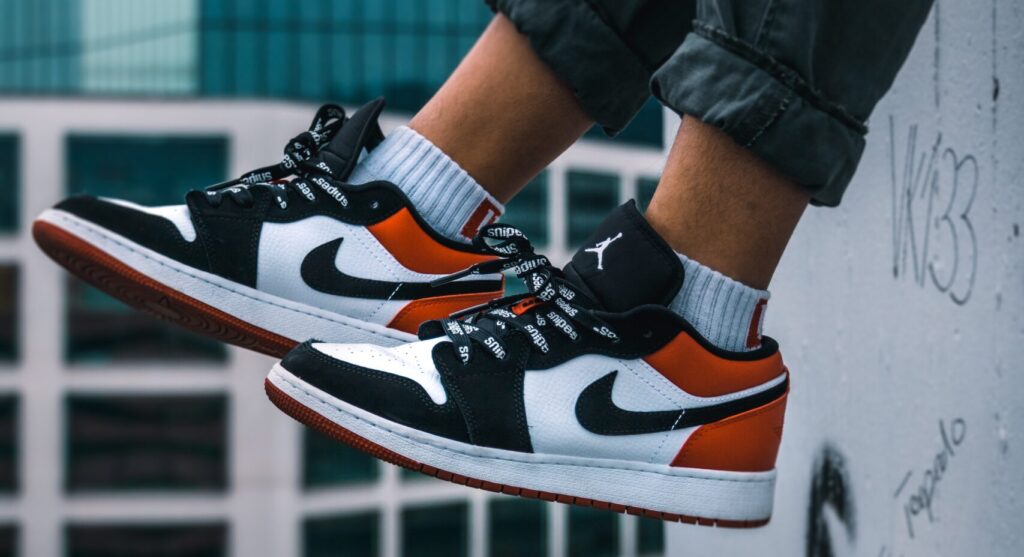
The importance of wearing the right shoes can’t be overstated. Cheap footwear can lead to shortened Achilles tendons, poor ankle stability and foot discomfort, and all of this has a knock-on effect on your knees. Wear bad shoes for long enough, and your knees will try to accommodate and correct the imbalance and tension, leading to bad walking posture, stiffness and pain.
Smoking

Everyone knows the damage that smoking can wreak on your lungs and teeth, but the habit can be detrimental to other areas of your body. Frequent smokers experience cartilage loss across their lifetime, which can seriously affect the knees in particular. Having less cartilage around your knees will mean pain and discomfort while walking, which can progress into reduced mobility and a need for knee replacement surgery.
Not exercising enough

Like any other part of your body, your knees are dependent on the muscles around them to help you move around easily. These muscles have to be conditioned and taken care of in order to keep them functioning, which means partaking in regular exercise. Without 30 minutes of moderate-intensity activity, five days a week, you could experience muscle weakness and thus poor balance, mobility issues and frequent strains.
Skipping warm-ups or cool-downs
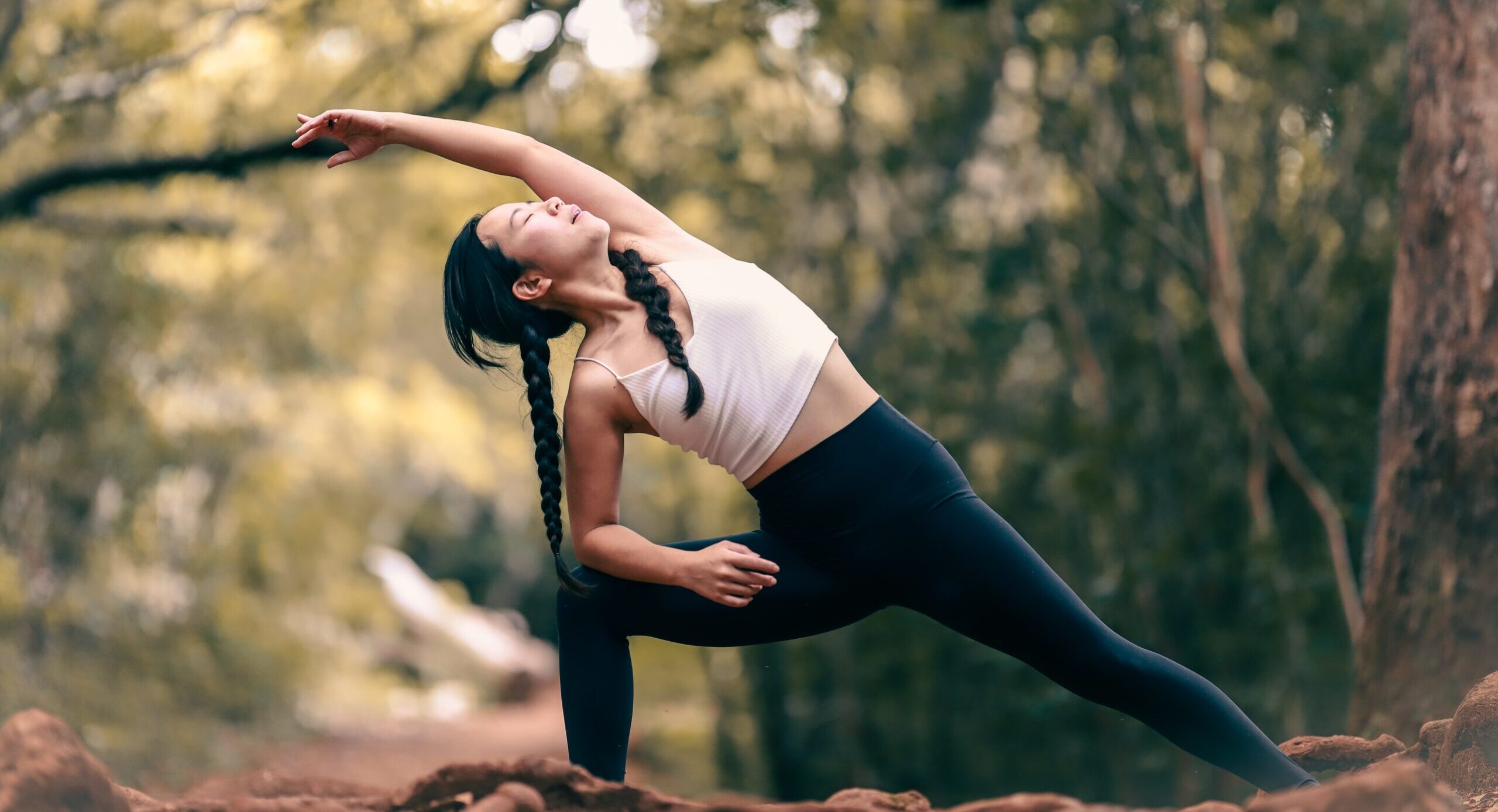
When partaking in any kind of exercise, it’s important to ensure your body is ready to be put through its paces. Warming up allows the muscles to loosen and stretch so that your activity of choice doesn’t damage them. Going for a long run or intense CrossFit session without a warm-up is a recipe for torn knee ligaments, twists or sprains, and cartilage loss over time.
Sleeping wrong

Though many knee injuries happen during periods of intense activity, it is possible to damage them while resting too. Though you might struggle to imagine it, it’s possible that your sleeping position may be aggravating existing knee problems or placing more stress on your joints. Placing a pillow between the knees, or under straight legs if you’re a back sleeper, can alleviate pain and prevent further damage.
Eating inflammatory food

Your diet might not seem like something that can affect the health and function of your knees, but the truth is, what you eat can have a huge impact on your joints. People who develop osteoarthritis, a type of arthritis in their knees, will find that a diet full of inflammatories like sugar, saturated fats and high levels of salt will increase knee swelling, irritation and pain.
Crossing your legs

Crossing the legs is an innocent habit that most people indulge in at some point during the workday, in order to sit more comfortably. However, this sitting position isn’t as harmless as it might seem. Sitting with crossed legs for prolonged periods can put stress on the knees by tightening the hamstrings, as well as creating sore spots in the knee muscles and raising blood pressure in the calves.
Neglecting muscles around the knee
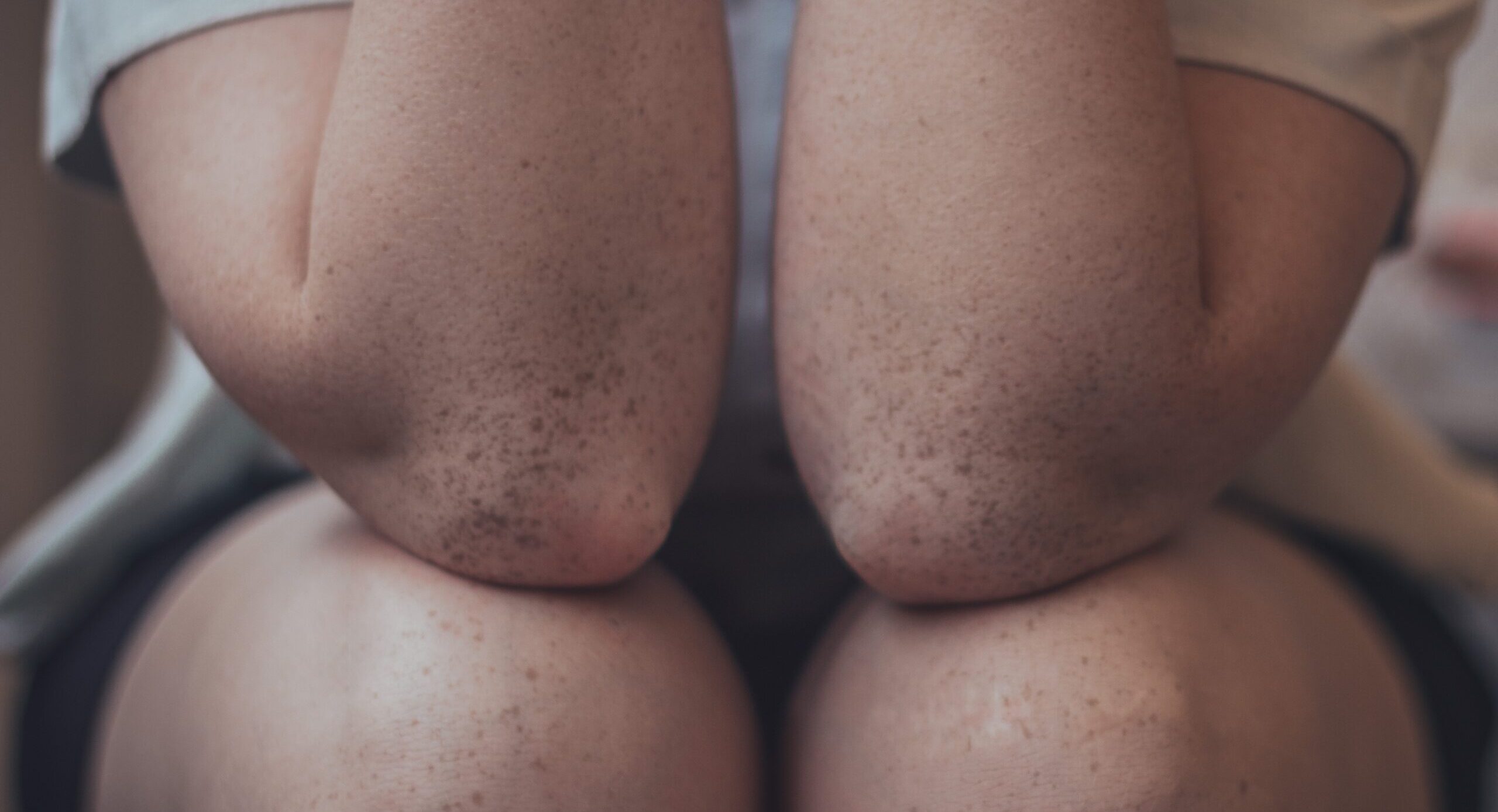
Bending your knees when lifting heavy objects and making sure to cool down after workouts are both good habits, but they aren’t enough to keep your knees in tip-top shape. To avoid injuries caused by weakness and inflexibility in the knees, it’s necessary to sometimes focus on the quadriceps and hamstrings in your exercise program, as strengthening these will give your knees full support and mobility.
Ignoring discomfort
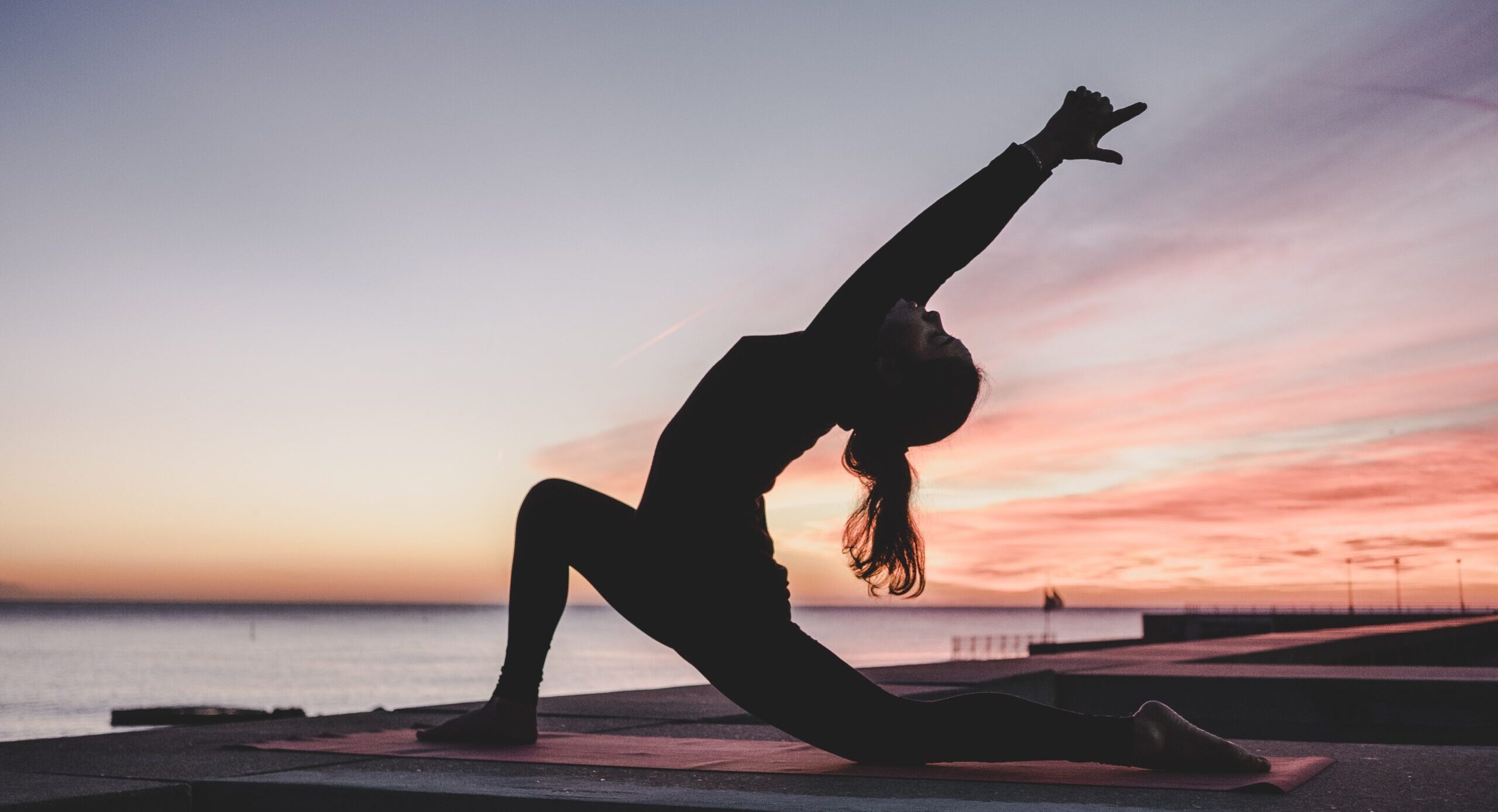
One of the main causes of knee injuries is ignoring or pushing through pain. While a little bit of discomfort is normal when starting a new exercise programme or when dealing with a chronic condition such as arthritis, a doctor should be consulted in instances of pain, as many knee injuries can go from bad to worse as a result of going back to normal too fast.
Skipping rest days
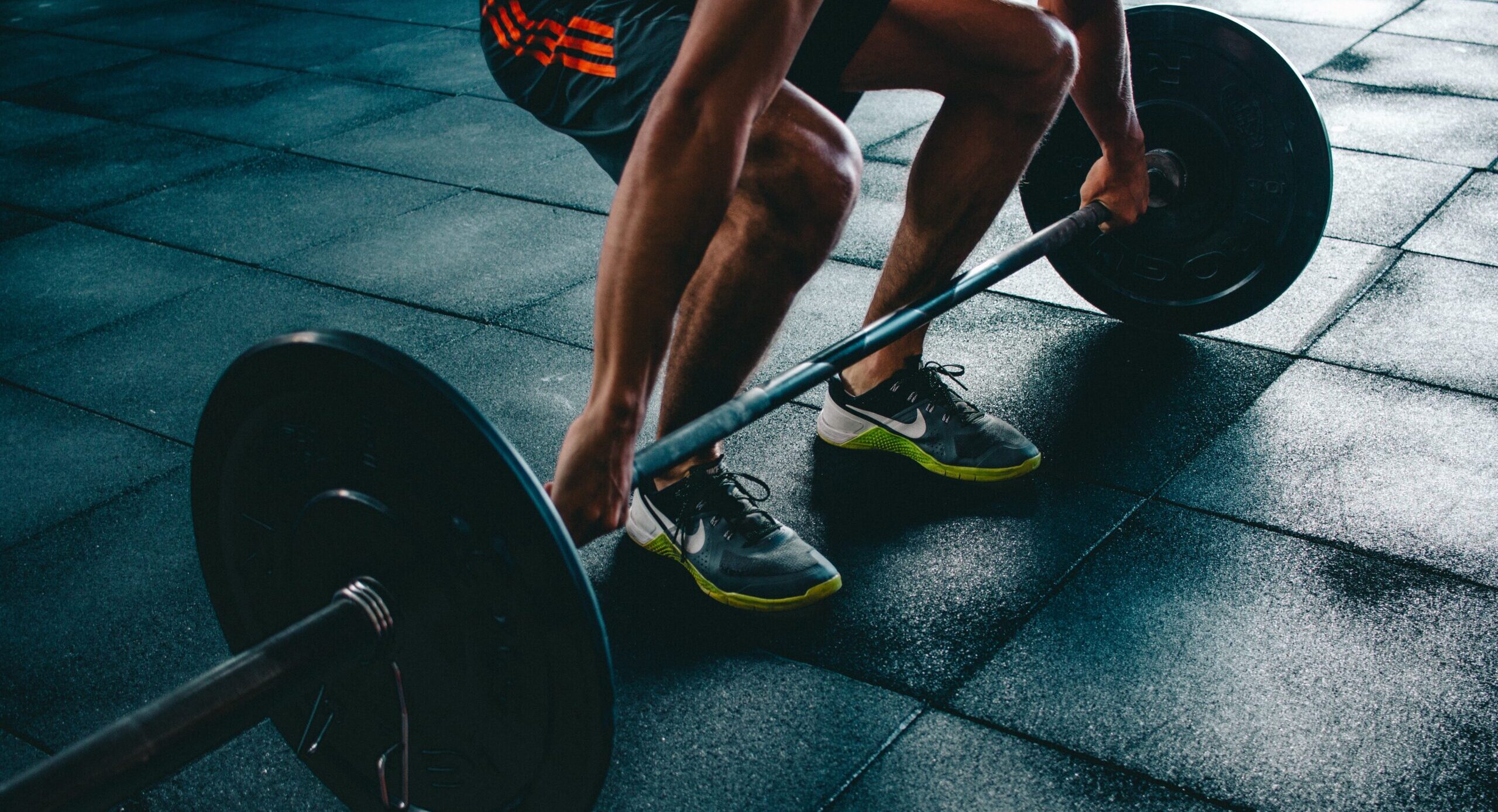
Similarly to resting after an injury, your exercise plans should always incorporate regular rest days. Breaks in any exercise programme are necessary for the tendons, muscles and cartilage to repair themselves, and so skipping rest days can result in inflammation, soreness, irritation, swelling and pain. This can progress to mobility issues and permanent damage if not changed.
Always using a knee support
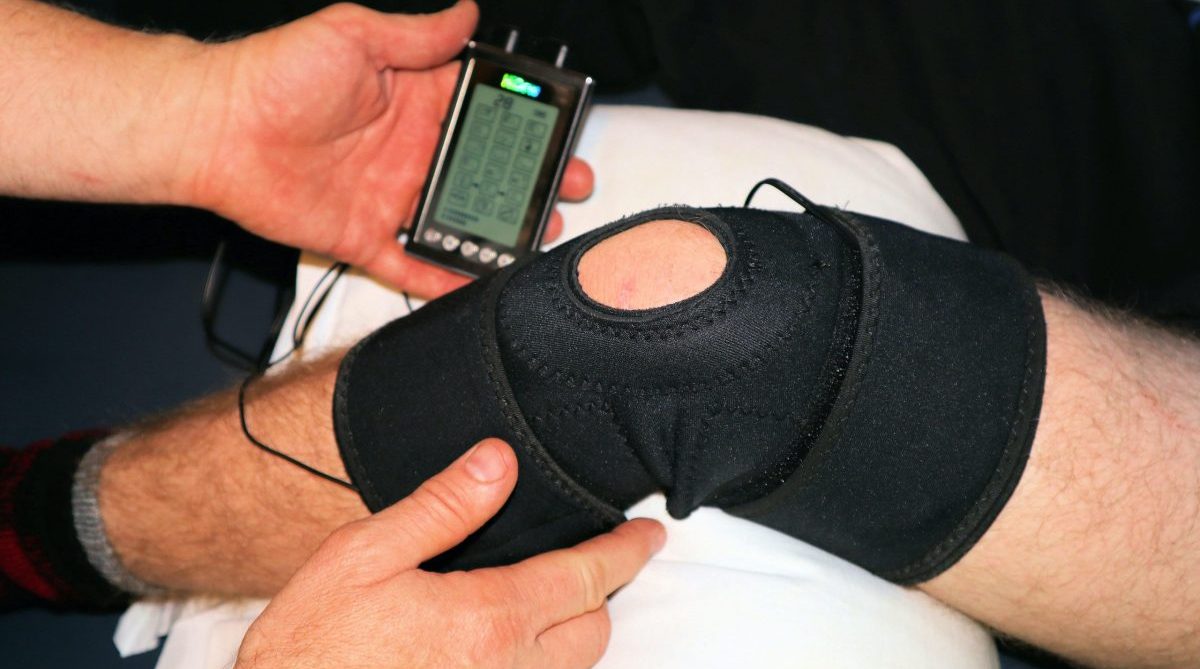
People at the gym and those who play sports often wear knee straps or knee tape to protect their knees. But these straps aren’t a cure-all – they are just a crutch. So, don’t rely on a brace to protect you from injury. Instead, strengthen your muscles so that they can do their job. Work with a physiotherapist to maximise your range of motion as best you can.
Being overweight
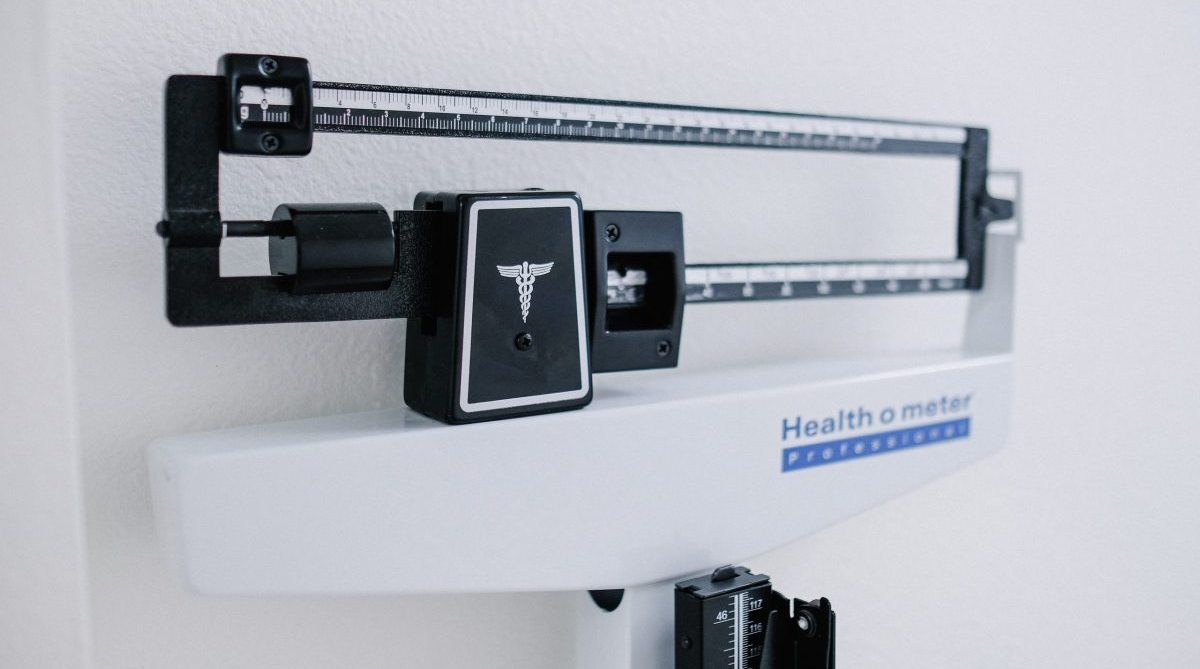
Weight is a sensitive issue for many people, but carrying too much weight for your size and frame can cause knee problems. If you are overweight and experience knee pain, losing weight can help you feel better. Weight gain places extra pressure on your kneecaps, especially when going downstairs. A loss of one stone is like losing eight stone for your knee joints!
Not taking the correct supplements

Supplemental glucosamine and chondroitin can be helpful for people who suffer from joint problems such as arthritis. Many patients say that these supplements help to relieve their knee pain. Turmeric, a natural and potent anti-inflammatory, can help reduce joint pain associated with inflammation.
Sitting incorrectly
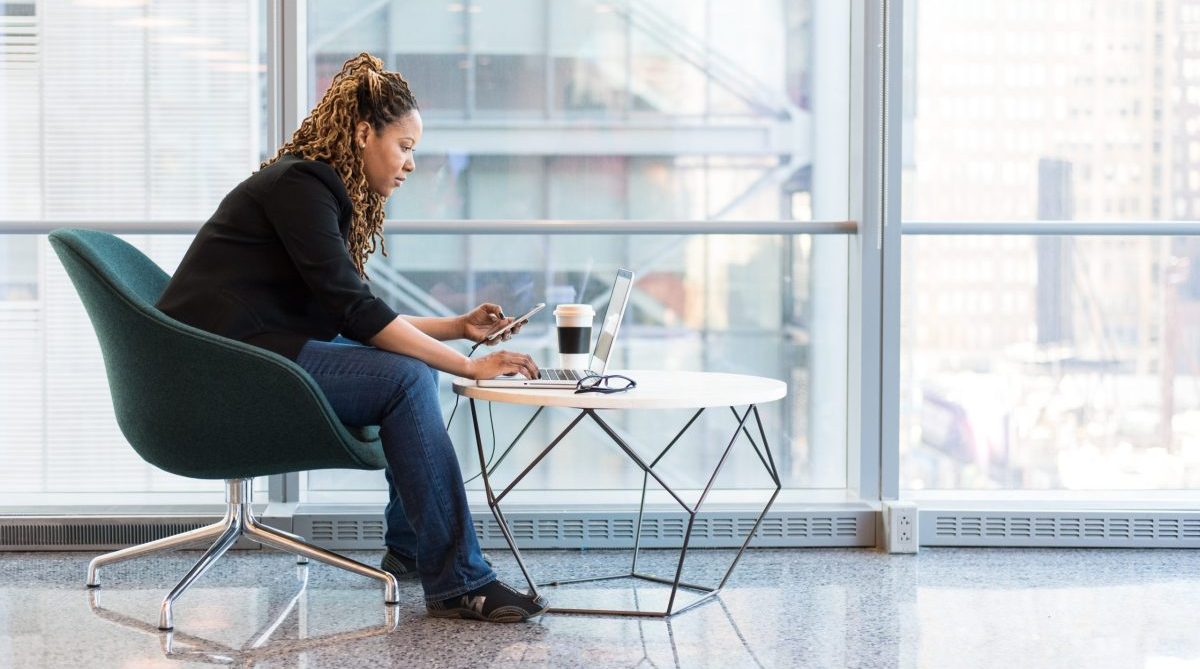
If you have knee pain when sitting or driving, adjust your seat to allow your legs to hang at a 45-degree angle, as opposed to 90 degrees. Make sure that your legs are not bent at 90 degrees or more, since this increases the stress across the knee joint.
Jumping straight into high-intensity exercise
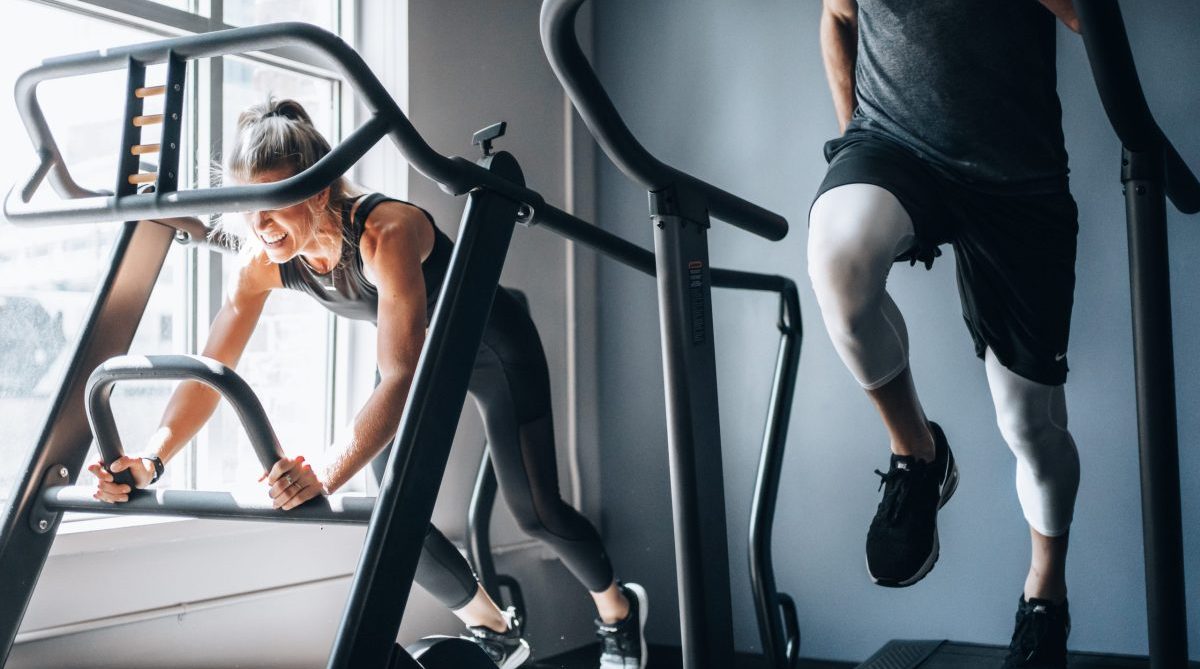
To improve fitness, you need to work hard and then allow your body to recover. You can’t do a hard workout every day without risking injury. If you experience pain in your knees or tendons and kneecaps, stretches before and after exercising can help. Also, be sure to mix up your workout routine so you don’t overdo it.
Poor posture

When it comes to your knees, alignment is key to avoid unnecessary strain. To avoid knee pain, keep your back straight and avoid slouching. Your knees should be slightly bent, never locked. Engage your abdominal muscles to support your lower back alignment and head centred over your body. Weight distribution is equally important; distribute weight evenly between both feet.
Neglecting the ACL
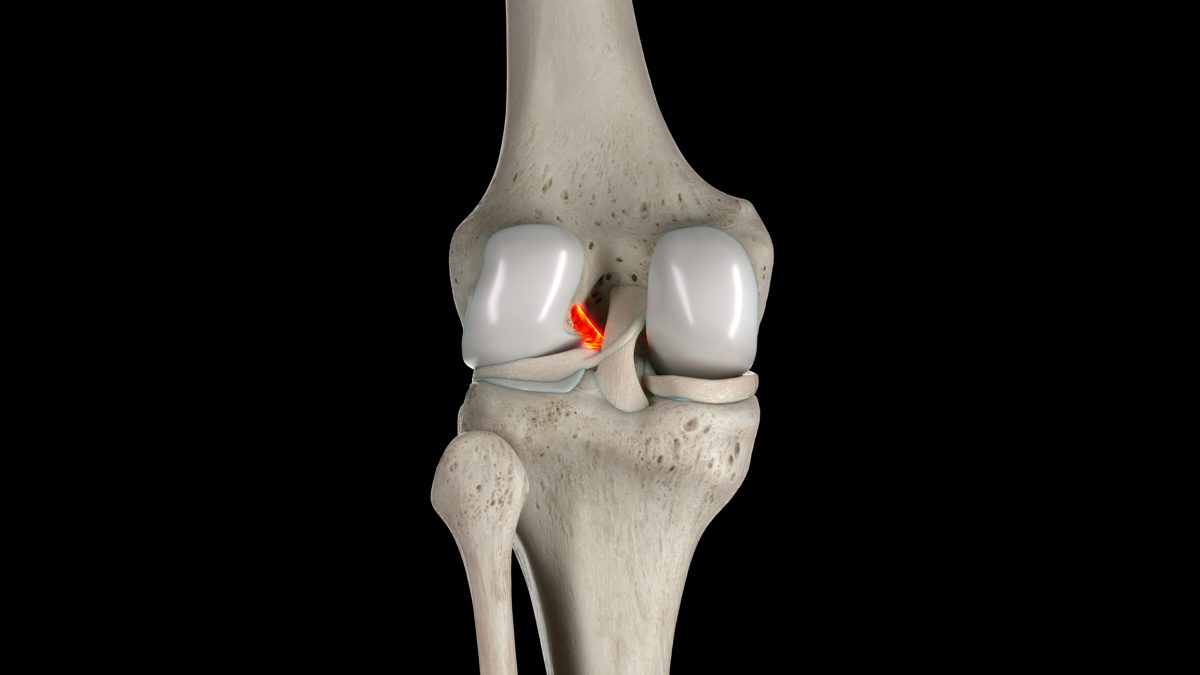
The ACL is a ligament that connects the femur (thighbone) to the tibia (shinbone) at the knee. It’s commonly injured, accounting for about 150,000 injuries a year in the U.S. alone. People who play sports such as basketball, soccer, and football are at the highest risk of ACL tears. However, by doing targeted strength training exercises you can reduce your chances of sustaining an injury.
Using your knees incorrectly

Just as using your teeth as a tool to pry open a bag can chip or break them, using your knees to bump open a door will likely hurt your joints. Treat your knees well, and they’ll reward you with years of pain-free activity. Warm up before exercising to get the blood flowing through your muscles, and learn proper lifting techniques to keep stress off your knees and lower back.
Heavy lifting
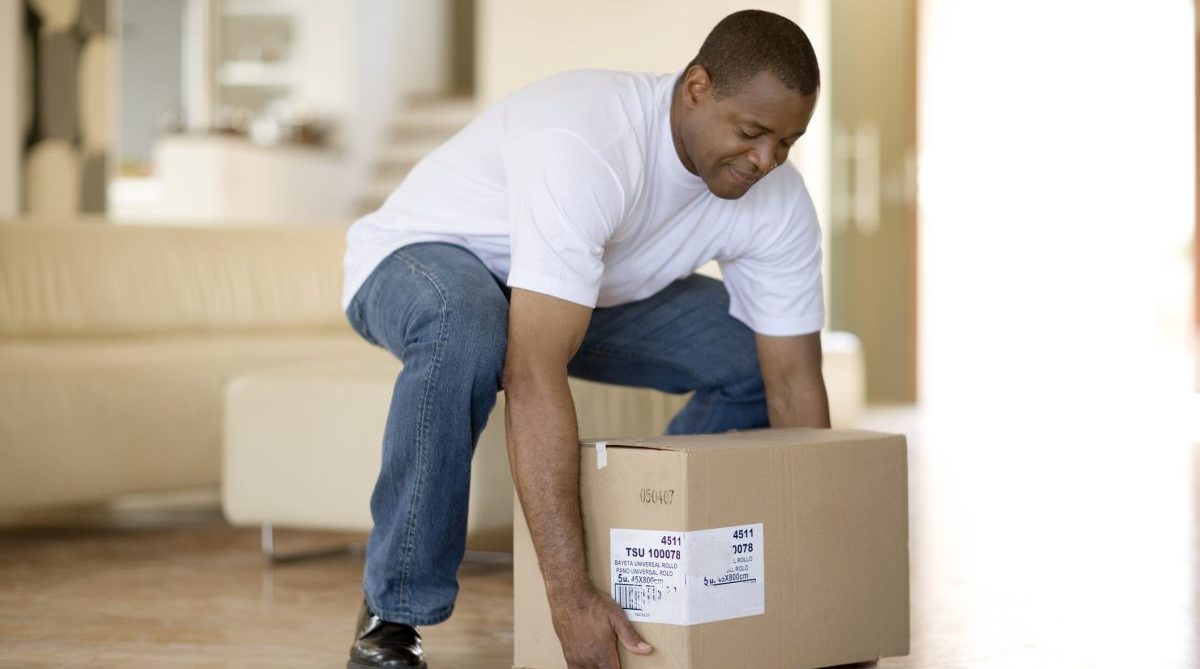
Heavy lifting can be hard on your joints. When you carry a heavy object, your body is out of balance, which puts strain on the joints. The more often this happens, the faster your cartilage will wear away. When lifting or carrying stuff, use your palms or arms instead of your hands. Hold items close to your body to reduce the stress on your joints.
Poor mental health

A study published in March 2015 in the journal Arthritis Care & Research found that depression and sleep problems often go hand in hand with osteoarthritis pain. If you are depressed, the anxiety, stress and worry that goes along with it may complicate your osteoarthritis. Talk to a doctor right away if you think that you are depressed.
Vitamin deficiencies
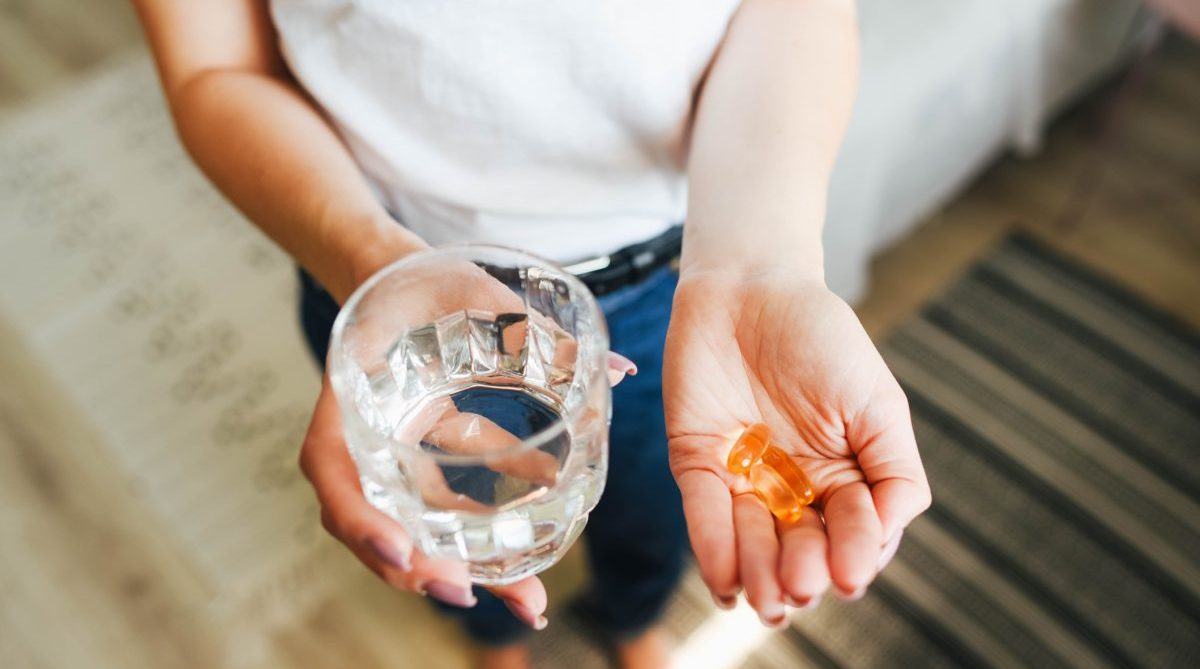
According to a study published in Annals of the Rheumatic Diseases, moderate levels of vitamin D deficiency are correlated with increased knee and hip pain. Although studies suggest that taking vitamin D supplements may not be the answer to osteoarthritis, there are other ways to get this important nutrient. You can get vitamin D from soy products, milk, cheese; fish; and even sunshine.
High blood sugar

Because high blood sugar can lead to additional wear and tear on joints, people who suffer from diabetes have an increased risk of developing osteoarthritis. Therefore, if you have diabetes or prediabetes, you should watch your blood sugar very carefully to protect the health of your joints.
Stress

Too much stress can be detrimental to your health, and so can stress on your knees. If our knees are stressed, they will not perform as they should. If we put our knees under too much stress, we risk damaging the cartilage and meniscus around them. Inflammation and illness can also lead to knee stress.
Dehydration
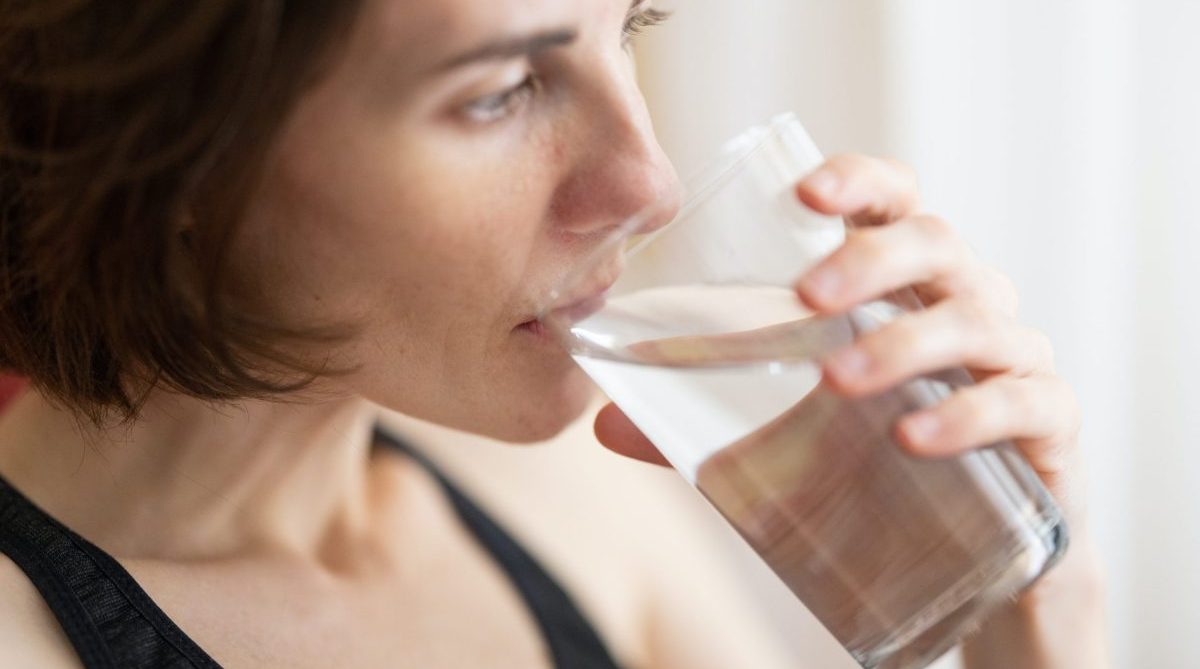
Drinking enough water helps keep your cartilage healthy and flexible. Cartilage, which helps your joints move smoothly, is made up mostly of water. One of the symptoms of dehydration is joint pain. Drinking two to three liters of water a day will help keep your joints healthy.
Neglecting your glutes
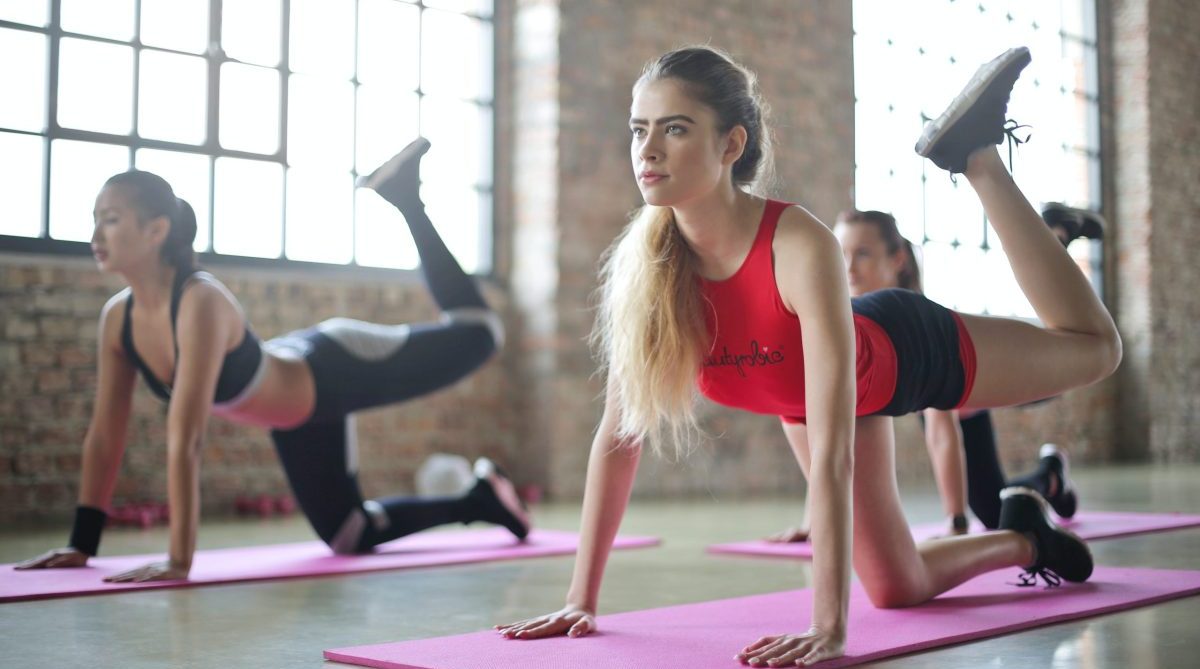
To keep your knees healthy, it’s important to strengthen your gluteus medius. When this muscle is weak, the femur rotates too far inward. This puts pressure on the knee joint and can lead to early osteoarthritis in the inner knee. Add hip-strengthening exercises to your daily routine as often as possible. For example, try side leg lifts and single-leg squats.
Walking or running downhill
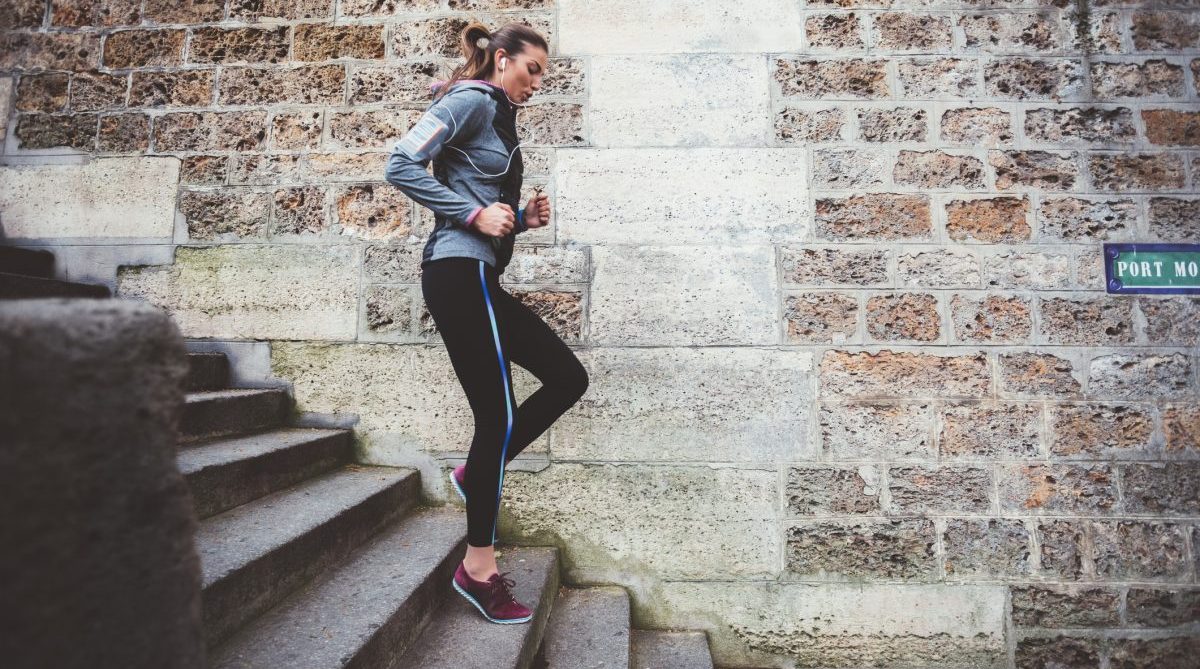
When you’re going downhill or walking downstairs, your knees are under more pressure than on flat surfaces. This is unavoidable sometimes, but if you know that you’ll be walking or jogging on a slope, try to find a relatively flat route.
Not strength training
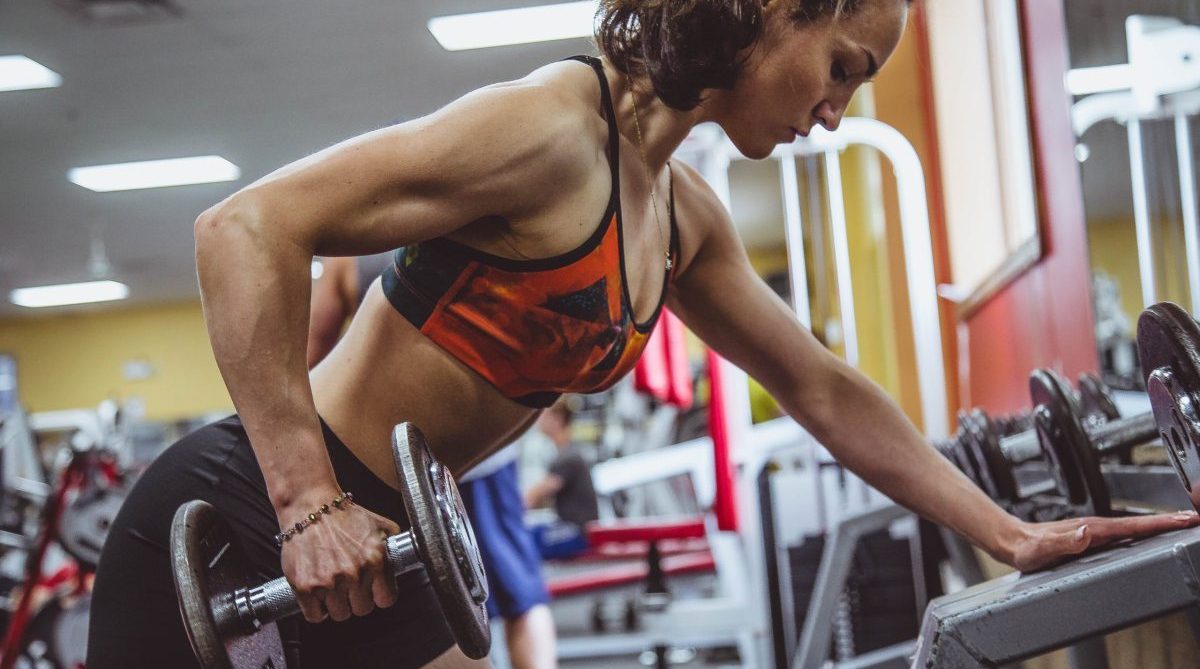
When it comes to preventing knee injuries, strengthening your quadriceps, hamstrings, glutes and core is the best course of action. Doing a regular strength and conditioning session several times a week will strengthen these muscles and help to stabilise your knee joints while you run.
Running with bad form
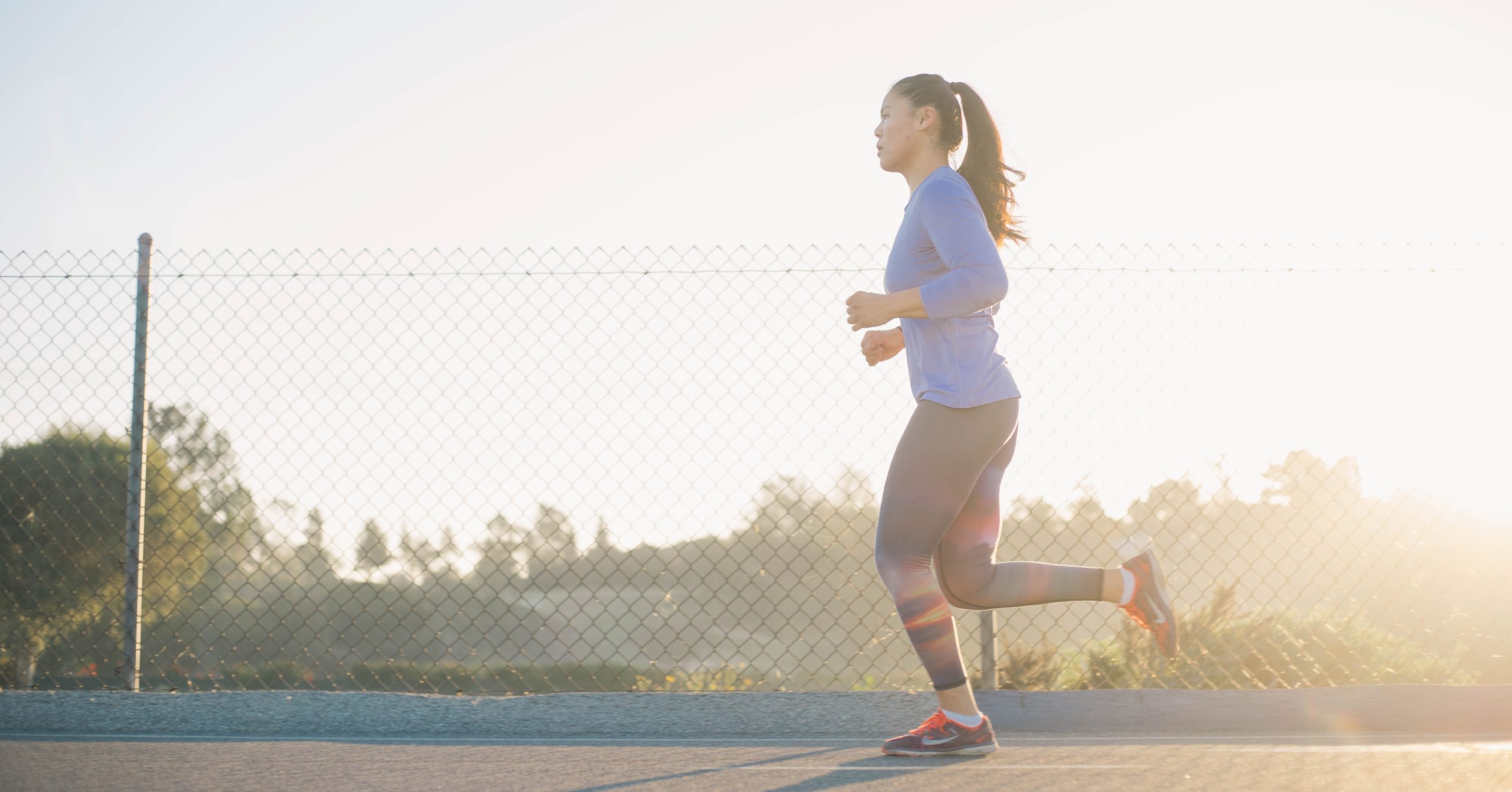
It’s a well-known fact that if you run with bad form, you’ll injure your knees. To avoid this, keep your back straight, shoulders relaxed and down, and gaze ahead rather than at the ground. Overstriding can also cause knee injuries when running. Instead, try taking shorter strides and keeping your feet below your centre of gravity.
Running on hard surfaces
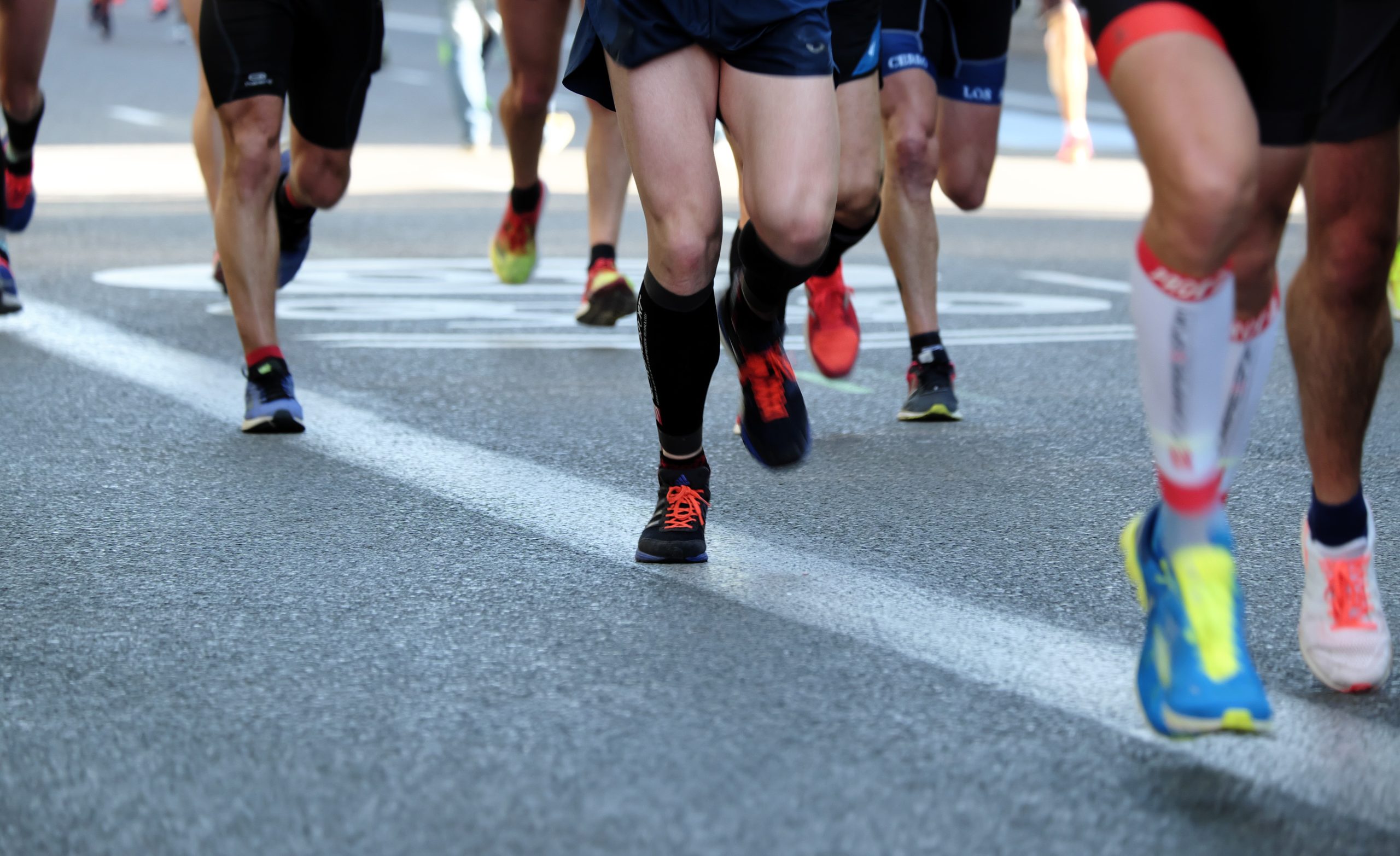
If you tend to run on pavements or hard, tarmac surfaces, consider switching to trails or grass. This may help reduce knee pain. The softer surfaces will be easier on your knees and, what’s more, running on a softer surface improves balance and concentration.
No variation in your workout routine
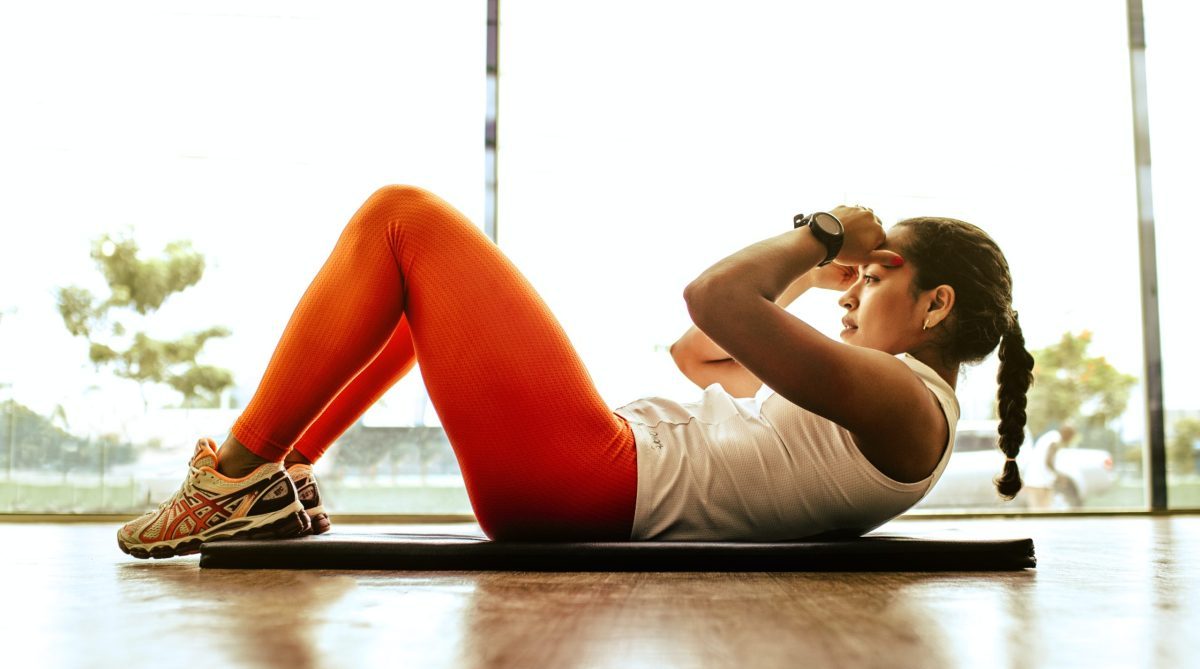
A balanced fitness plan supports healthy knees and joints. One of the best ways to protect your knees is to develop a routine that includes running and cycling but also includes yoga and strength-training exercises. Alternate your cardio routine with low-impact activities such as swimming or walking to help keep your knees healthy.
Bad form in the gym
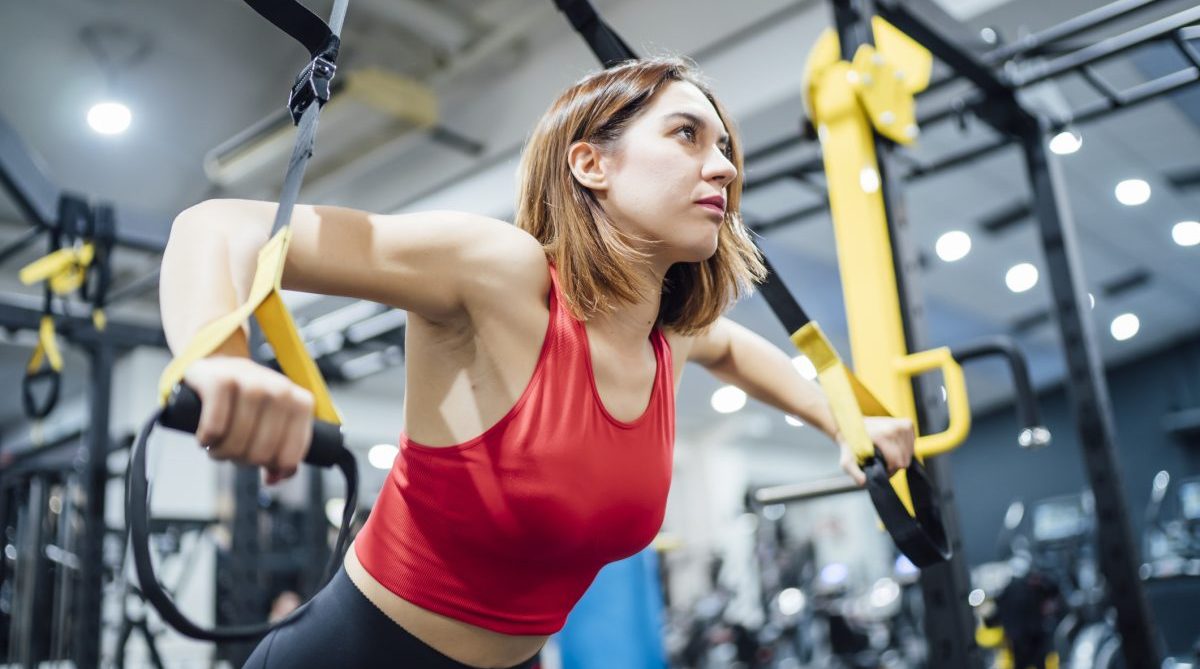
Make sure you are using proper form and technique when doing exercises to protect your knees. Good posture, correct alignment and knowing how to perform an exercise correctly will all help you protect your knees. This is especially important when training with weights, including squatting and lunging.
Not fitting your bike correctly

When you pedal, your leg should be straight and your knee bent at a 20- to 25-degree angle. If your knees are over the heels of your pedals, you’re riding incorrectly. If your knees hurt while you’re riding, try adjusting the height of your saddle and its position in relation to the handlebars. If they still hurt, consider getting a professional to adjust your bike for you.
Neglecting your core
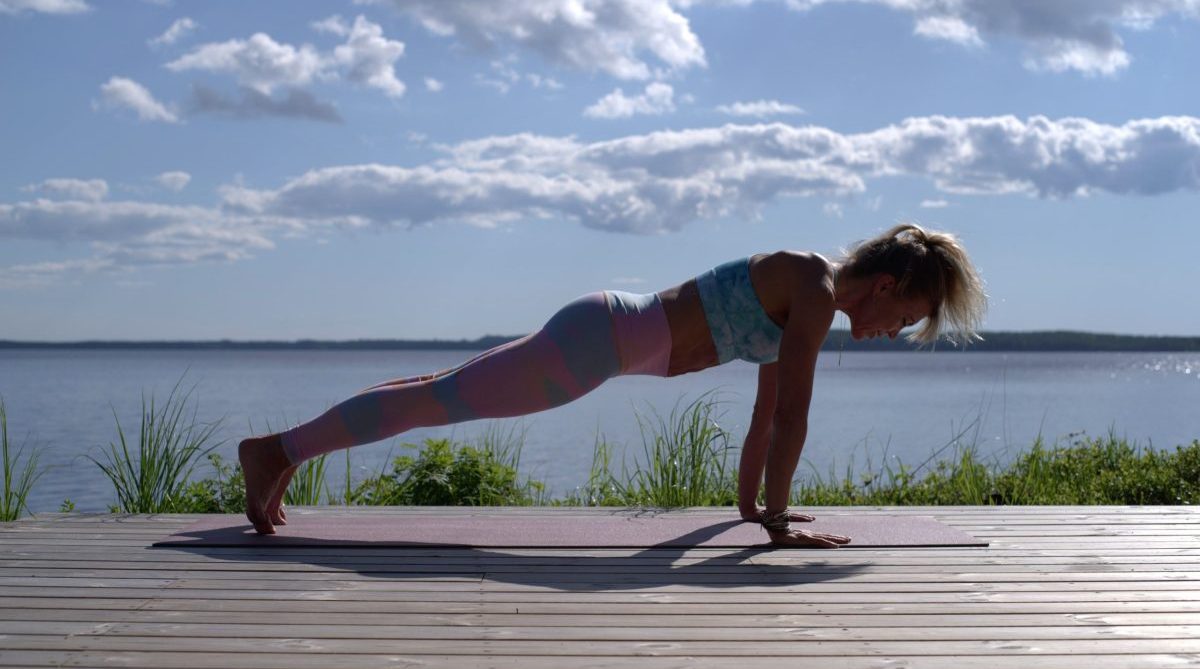
Your core is the foundation of your body. It keeps you balanced and stable and allows you to generate power from the ground up. If your core fatigues, your mechanics will break down. Do core exercises regularly to help keep your abs strong.
Incorrect squat form
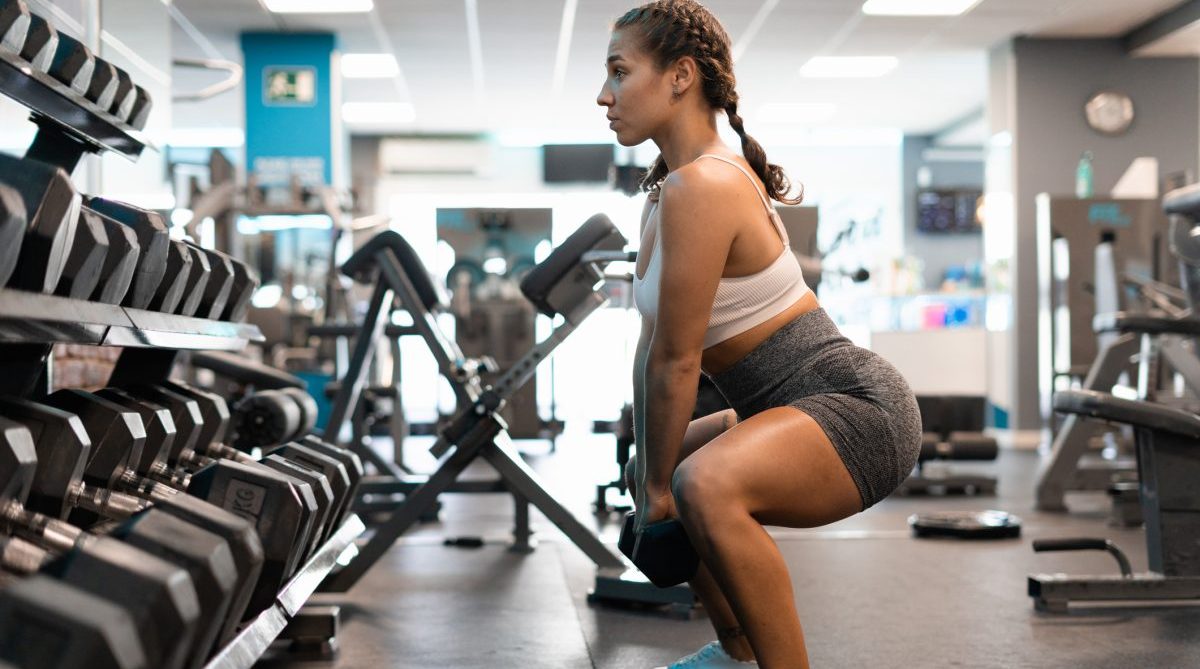
The best way to do a squat is a topic of ongoing debate, but there are several things you can do to ensure that you’re doing it correctly. You should keep your feet flat on the floor and not lift your heels; keep your weight over the base of your foot; and don’t lean forward or put weight on your toes.
High-impact movement

Although you may feel energetic and ready to bound up the stairs, these sudden impacts can damage your knees in the long run. When you increase the amount of force your muscles are exerting, do it gradually. This helps your muscles get used to the new level of force and reduces their chance of being injured.
Weak lower back

Although knee pain isn’t as common a symptom of lower back problems, it can occasionally occur. Aches and pains from everyday life can irritate the muscles in your lower back, which can lead to referred pain in the knees. Taking time each day to stretch, and practicing good posture when possible, can help prevent this.
Wearing heels or ballet flats
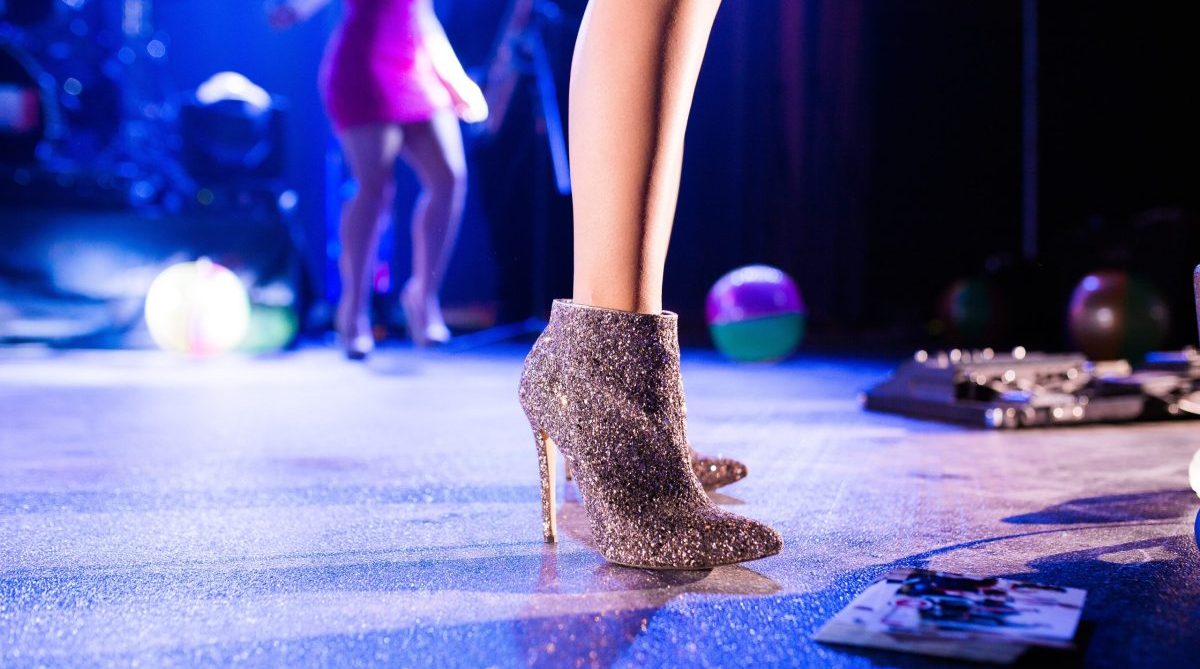
High heels can be bad for your knees, ankles and feet. Flat shoes, like loafers and ballet flats, can also cause problems for your knees. To avoid discomfort, try adding some insoles to your shoes. If you walk a lot, invest in a pair of good walking shoes and switch them out once you reach your destination.
Overtraining
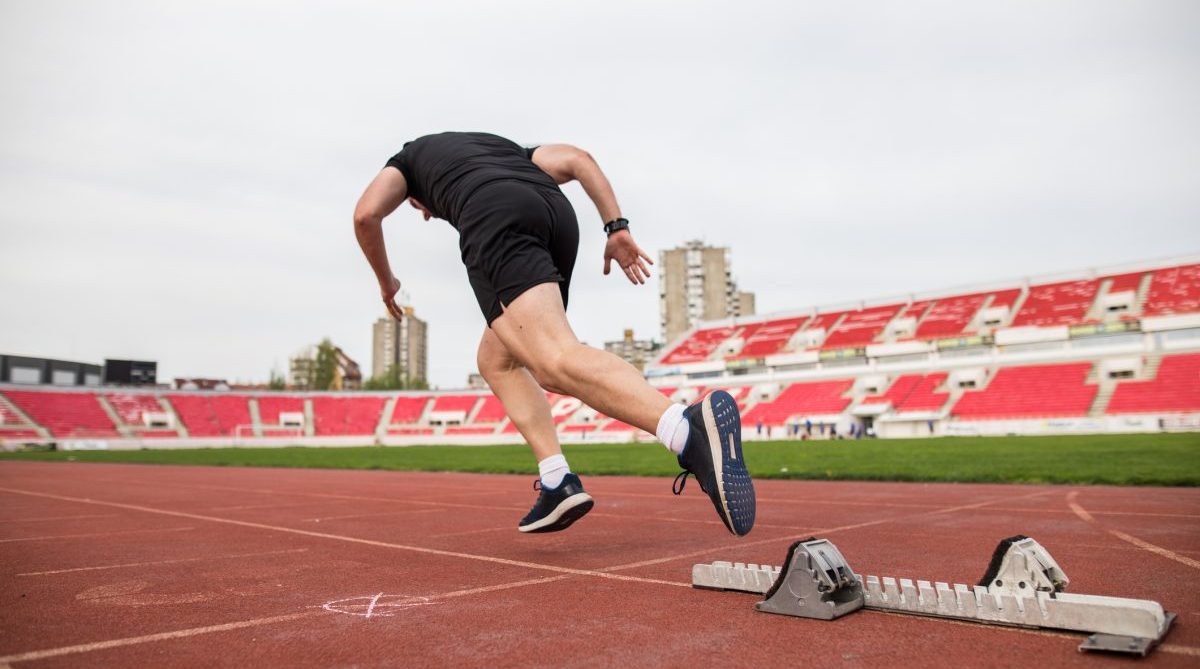
It’s important to stay fit, but going overboard can make you more prone to accidents. Fatigue can set in at the knees, causing stress to different parts of the joint. If you push yourself too far, you risk injury and long-term pain.
Wearing old running shoes
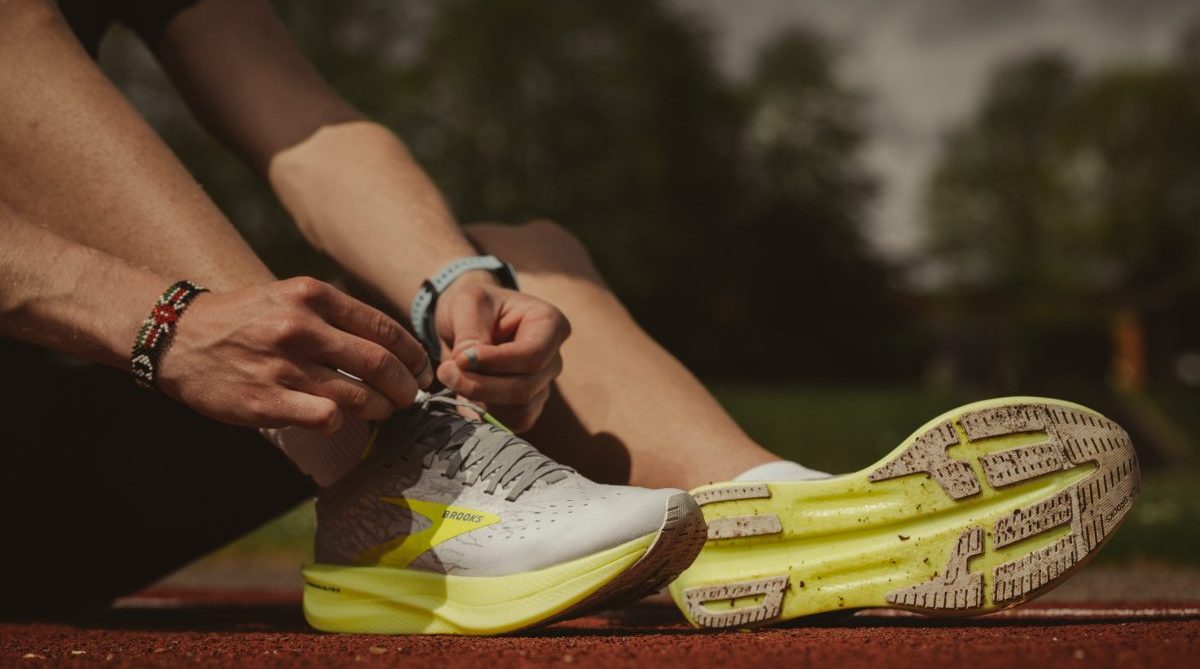
Running shoes have been designed to provide the right amount of support and cushioning for your feet. But just as your body changes as you age, so do your running shoes. As your shoes get older, they no longer provide the same support and cushioning they once did. Running shoe manufacturers recommend replacing your running shoes after 500 miles.
Not cooling down
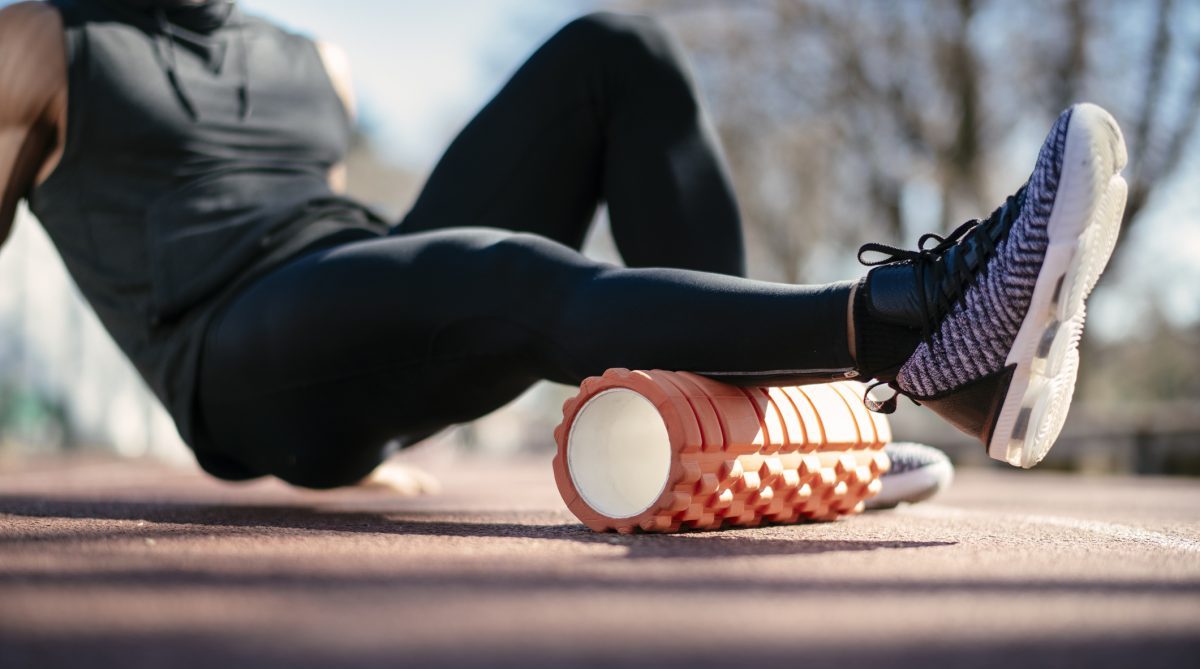
One of the factors that can cause knee pain when running, or knee pain after running is tight muscle fibers that affect the way your kneecap is aligned, potentially resulting in discomfort. After a run, spend some time cooling down and stretching your quads and hamstrings. Foam rolling can also help loosen up tight muscles.